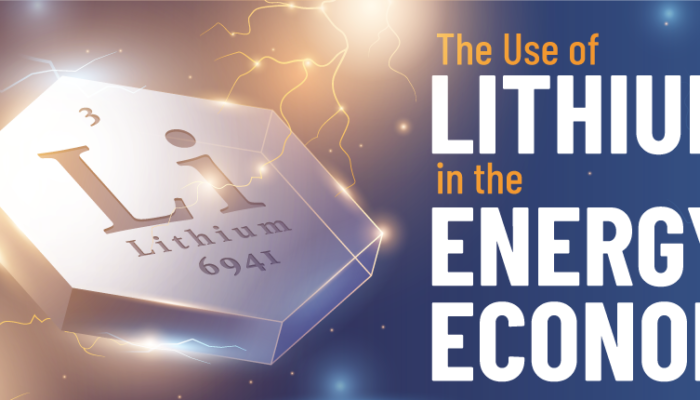Lithium, known as “white gold,” is becoming increasingly important to the energy economy. Lithium has several applications, including the production of lithium-ion batteries, glass and ceramics, and metallurgy. Its lithium carbonate equivalent (LCE) is the first chemical in the lithium production chain and is used to calculate lithium production. In the production of lithium, direct lithium extraction (DLE) has several benefits, including reduced need for freshwater, lower usage of reagents, and increased product purity when compared to conventional brine operations.
The demand for lithium is expected to increase from 500,000 metric tons of LCE in 2021 to three million to four million metric tons in 2030. Chile has the largest lithium reserves at ninety-two million metric tons, while Australia is currently the largest world producer. Several nations, including the United States, Canada, and the United Kingdom, have recently mapped resources and reserves of lithium. However, the US holds just 3.6% of global lithium reserves, meaning reliance on the international mining industry is greater than ever.
As demand for lithium continues to rise, mines specializing in graphite, cobalt, nickel, REEs, manganese, copper, silicon, and chromium will become increasingly important. With lithium demand set to increase by twenty-two times by 2030, the lithium supply chain needs to be secure to ensure continued growth in the energy sector.

Source: LithiumStockTips.com
